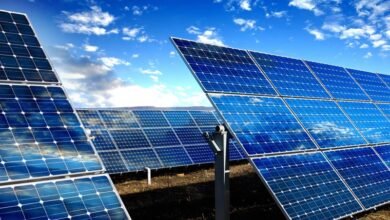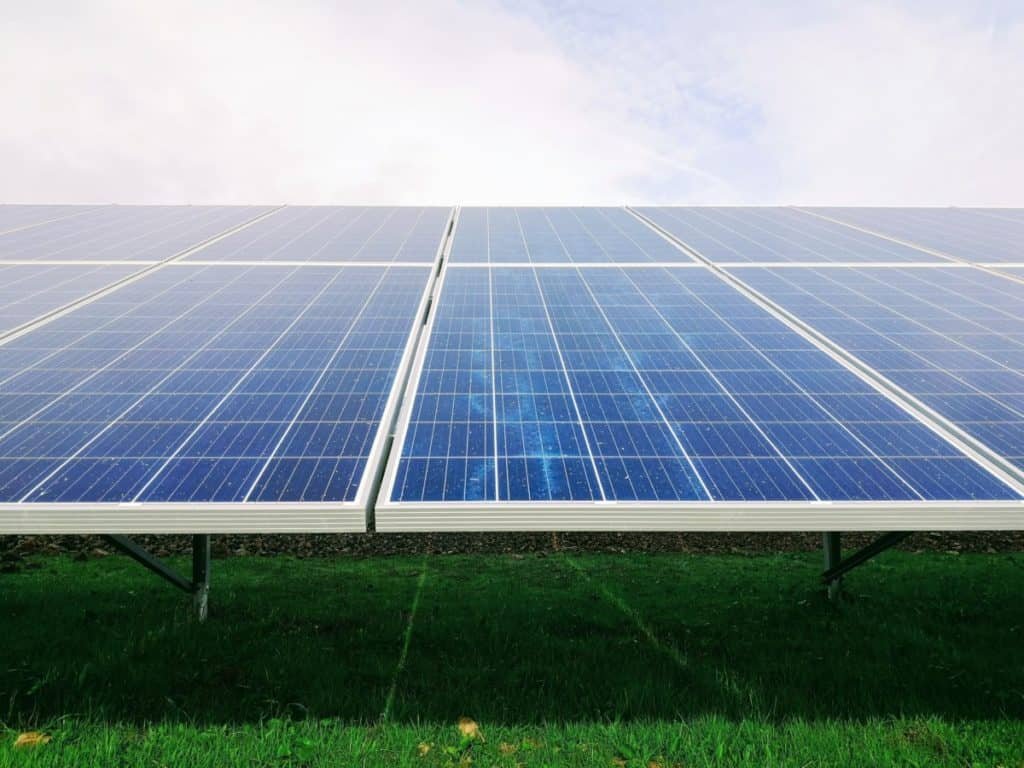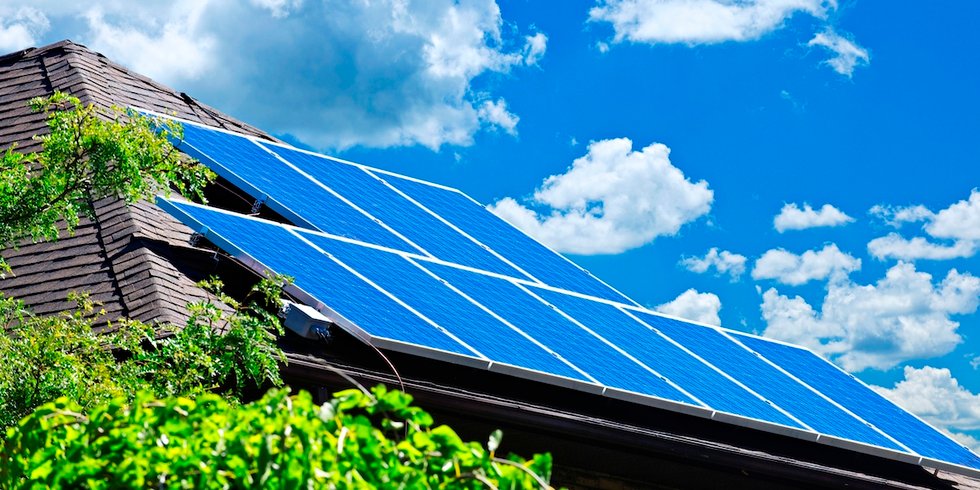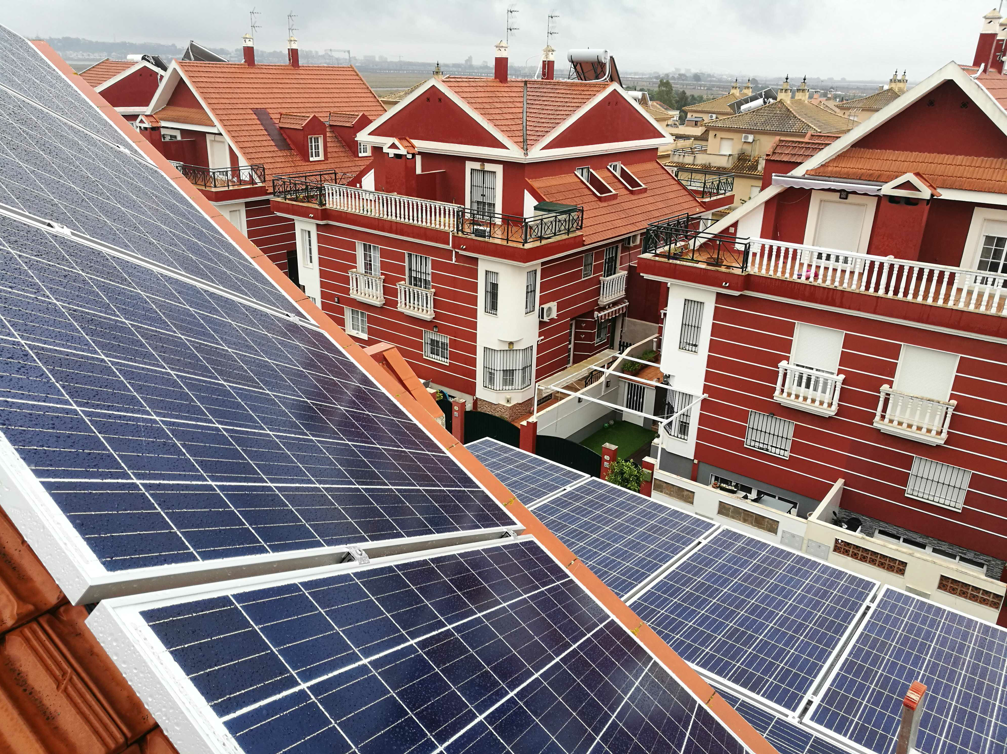
Power optimizer vs micro inverter
/our solar panels produce direct current (DC). Your TV, your computer, your washing machine and everything else you have at home runs on alternating current (AC).
Power optimizer vs micro inverter
This means that, at some point between your roof and the electrical panel of your house, the current has to be transformed – or rather reversed – from direct current to alternating current. This is the raison d’etre of some devices, fundamental in any photovoltaic installation , called inverters. Until recently, a single type of inverter dominated the market – the so-called string inverter . In the last 5 or 6 years, however, some competitors have emerged, especially two: microinverters and power optimizers . In this article we see them both face to face…
What is a micro inverter?
To fully understand what a microinverter is, it is best to differentiate it from a conventional ( string ) inverter . A conventional inverter is a medium-sized device that is usually installed in our solar kit at ground level and is connected through a circuit to a series – string in English – of several solar panels , usually installed on the roof of our house. or business. The inverter works by converting the direct current that comes from the set of panels into alternating current that it then makes available to the different equipment and appliances that we use.
A micro inverter does the same job but with an important difference: it is much smaller in size and works at the individual panel level, that is, there is one installed on each individual solar panel , converting the direct current it produces into alternating current. from the roof itself. It is a kind of “individual inverter” for each panel and, as such, eliminates the need for a string inverter .
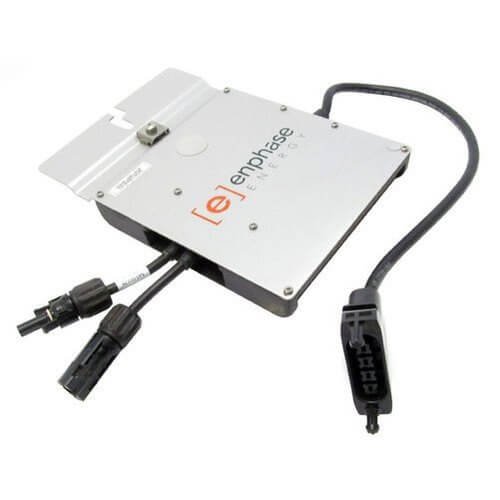
And what is a power optimizer?
An optimizer looks relatively similar to a microinverter and also works from the rooftop, at the individual panel level. However, unlike a micro inverter, the optimizer does not transform the direct current produced by your solar panel, but rather optimizes and maximizes it before sending it to the string inverter located at ground level, where the conversion to alternating current.
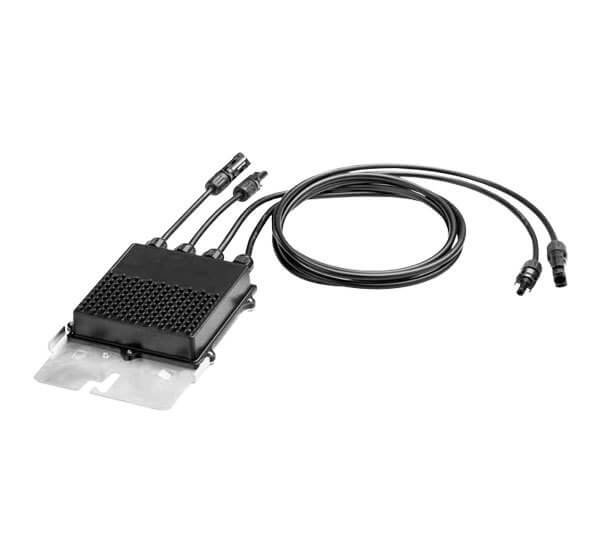
What advantages do micro inverters and optimizers offer?
Both micro inverters and power optimizers have a number of advantages that are common to them. Let’s see them briefly:
High performance
By operating on each individual panel, both devices guarantee their maximum performance. To fully understand this point, we must take into account a typical circumstance of systems based on conventional string inverters, and that is that the power of each series of solar panels is always equal to that of the panel that is offering the least performance at any given time. (eg due to the shade of a tree, dirt, a manufacturing defect, etc.). To put it in some way, it’s like if you go running with a group of friends and you all have to adjust your pace to the slowest one so that you can all go together. In a system with micro inverters or optimizers, each solar panelit works “in isolation”, so that its performance is not affected by that of the others.
[bctt tweet=”Micro inverters or optimizers make each solar panel work independently.” username=”@changeenergetic”]
miss-match effect
Something similar occurs with the so-called missmatch effect , which usually occurs, for example, in very irregular roofs. On this type of surface, it is common not to be able to install all the solar panels with the same orientation, which results in some panels receiving more solar radiation and others receiving less, weighing down the overall performance of the installation. With micro inverters and power optimizers, this problem ceases to be. You can simply orient each solar panel any way you like.
individual monitoring
In the same way that the production of each solar panel is managed individually , a system based on micro-inverters or power optimizers allows the monitoring of our panel-by-panel photovoltaic installation. The advantages are obvious, both when it comes to knowing exactly what production our solar panels are not offering and to easily identify the exact point where there could be a fault in our system.
safety shutdown
In the event of a problem in the network or in cases of emergency, string inverters are designed to shut down but do not foresee the shutdown of the panels, which continue to generate current. Both microinverters and power optimizers, however, reduce the DC voltage of the panels to a minimum (1 volt or even less), thus reducing the risk of potential accidents if the problem had to be climbed on the roof to repair the problem.
Micro inverters vs. Optimizers
At this point, it’s time to put both devices face to face in some important aspects:
Cost
Today, a photovoltaic installation with microinverters requires a higher initial investment than one with optimizers. One of the main reasons lies in the installation process itself: by performing the DC/AC conversion on site , the installation of micro inverters is more complex and requires more wiring. In the case of the optimizers, the wiring is the usual one in an installation with a string inverter , with a single circuit that descends from the roof.
Maintenance
Directly related to the above, the maintenance of an installation with microinverters is also more complex than that of an installation with optimizers. It’s simple: moving the current conversion process to the roof causes the roof to have more electrical components there, which complicates maintenance tasks, sometimes without being really justified. Keep in mind that software update and inverter maintenance tasks are sometimes as simple as restarting the device. Having it at ground level is therefore much more comfortable.
Scalability
A net advantage of micro inverters over boosters is scalability. Unlike optimizers, microinverters do not have a single inverter that limits the power of the installation, which allows them to add as many new panels to the installation as they are needed. It is true that, in most cases, a photovoltaic installation is designed to cover previously established consumption needs, but it may be the case that a user prefers to start with a few solar panels and then increase the size of their installation. . In those cases, micro inverters offer a very interesting flexibility.
Battery operation
Both microinverters and optimizers can work with battery systems but the options are much more limited – and complex – for microinverter systems. It is important to keep in mind that the batteries work with direct current and, since the microinverters produce current already transformed into alternating current, your battery system will need an additional device that “undoes” the work of the microinverters and transforms the current from new in continuous to be able to be stored, with the consequent losses in the process. Power optimizers generate direct current, so they can work directly with batteries without problems.
By the way, does all this mean that string inverters are the worst option?
Absolutely. As almost always, everything is a matter of preferences and budget. Micro inverters and optimizers are a good option for those users willing to invest in a photovoltaic installation that offers high performance or for those users who have to overcome the limitations offered by the roof of their buildings (shades, construction elements, etc.) . Both devices are gaining ground in the market but the leader is still the string inverter . In fact, if your house or business has a good roof facing south and what you are looking for is a functional, well-tested and economical option for your photovoltaic installation, a string inverterIt is, without a doubt, a perfect option, since it is the one that has been on the market the longest and the one that requires the least initial investment.
As the PV market continues to introduce novelties, there are growing reasons for consumers to seriously consider transitioning to solar PV . Cambio Energético offers you your solar installation with components from the best manufacturers and the full guarantee of our network of delegations and technical services throughout the national territory. You can also finance your investment for up to 36 months without interest.

